Khagrachari, Jan 13, (V7N) - Khagrachari has witnessed a breakthrough in experimental lily cultivation, a flower traditionally associated with colder climates. If ongoing trials for bulb preservation and seedling production prove successful, local farmers are considering scaling up their operations, potentially positioning the region as a key player in Bangladesh’s lily market. Experts believe expanding lily cultivation could not only reduce the nation’s reliance on imported flowers but also save foreign exchange reserves, benefiting the local economy.
A Remarkable Achievement in Local Horticulture
The initiative was led by Sathowai Marma, an amateur horticulturist, who successfully grew Asiatic lilies in the Mahila College area of Khagrachari. The lilies, known for their striking orange hue and sweet fragrance, began to bloom just one and a half months after planting. This rapid growth is an impressive accomplishment, as lilies are typically associated with colder, temperate climates like those found in Europe.
Watching Video: Experimental Lily Cultivation in Khagrachari
Marma planted 200 Asiatic lily bulbs in early November, with support from a private company specializing in horticultural research. Despite the challenging hot and humid conditions of the Chittagong Hill Tracts, the lilies began to flower within weeks, drawing attention from both locals and visitors. The blooms, which have been opening daily for the past week, have quickly become a major attraction, captivating onlookers with their vibrant color and fragrance.
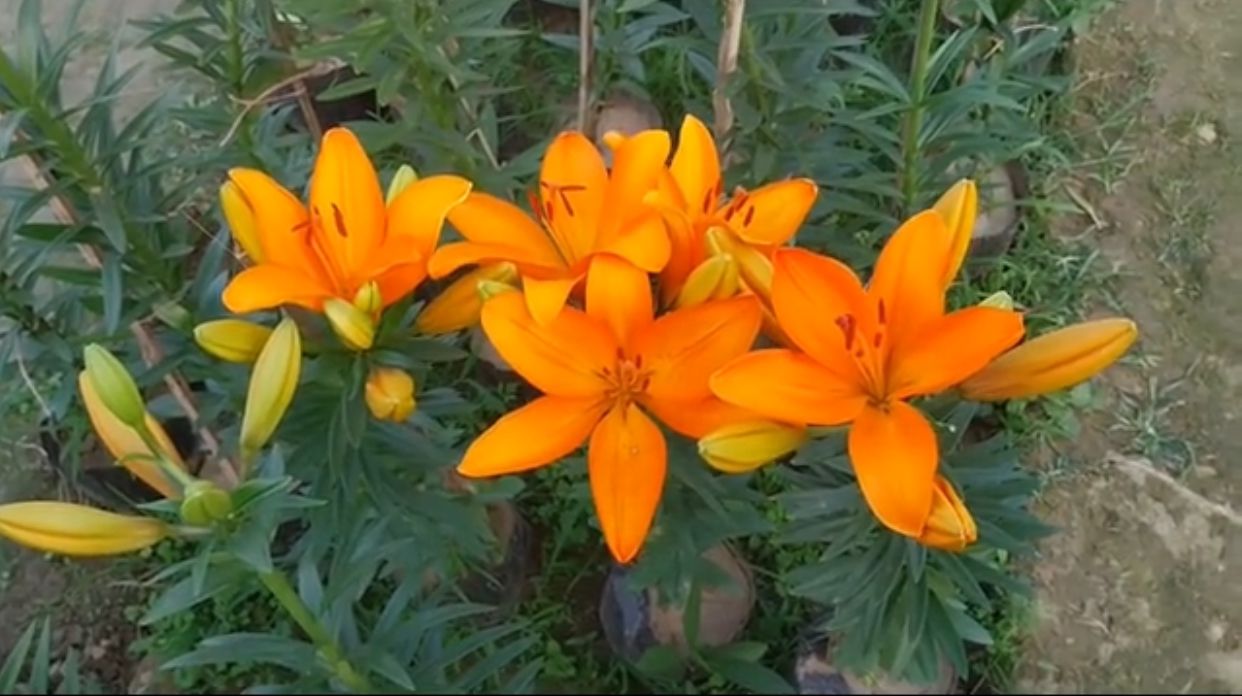
Trials for Expansion: Bulb Preservation and Seedling Production
Encouraged by the initial success, Marma has shifted focus to two critical areas: bulb preservation and seedling production. If she can successfully cultivate new bulbs from the existing plants and preserve them through the region's warm climate, it would lay the groundwork for large-scale commercial cultivation. She is optimistic about the possibilities, with plans to explore more efficient cultivation techniques in the coming months.
Economic and Environmental Potential
According to agricultural experts, lilies are in high demand both domestically and internationally, making them a potentially lucrative crop for small-scale farmers in Khagrachari and the surrounding areas. Their market value, particularly during festivals and events, presents a strong business opportunity. Dr. Md. Abdullah Al Malek, a scientific officer at the Bangladesh Agricultural Research Institute in Khagrachari, emphasized that the region’s unique geographical conditions could make it ideal for growing lilies.
“The Chittagong Hill Tracts offer a variety of microclimates that could be favorable for lily cultivation. If lilies are grown here commercially, it could not only satisfy domestic demand but also reduce Bangladesh’s reliance on imported flowers, which currently come at a high cost,” Dr. Malek said.
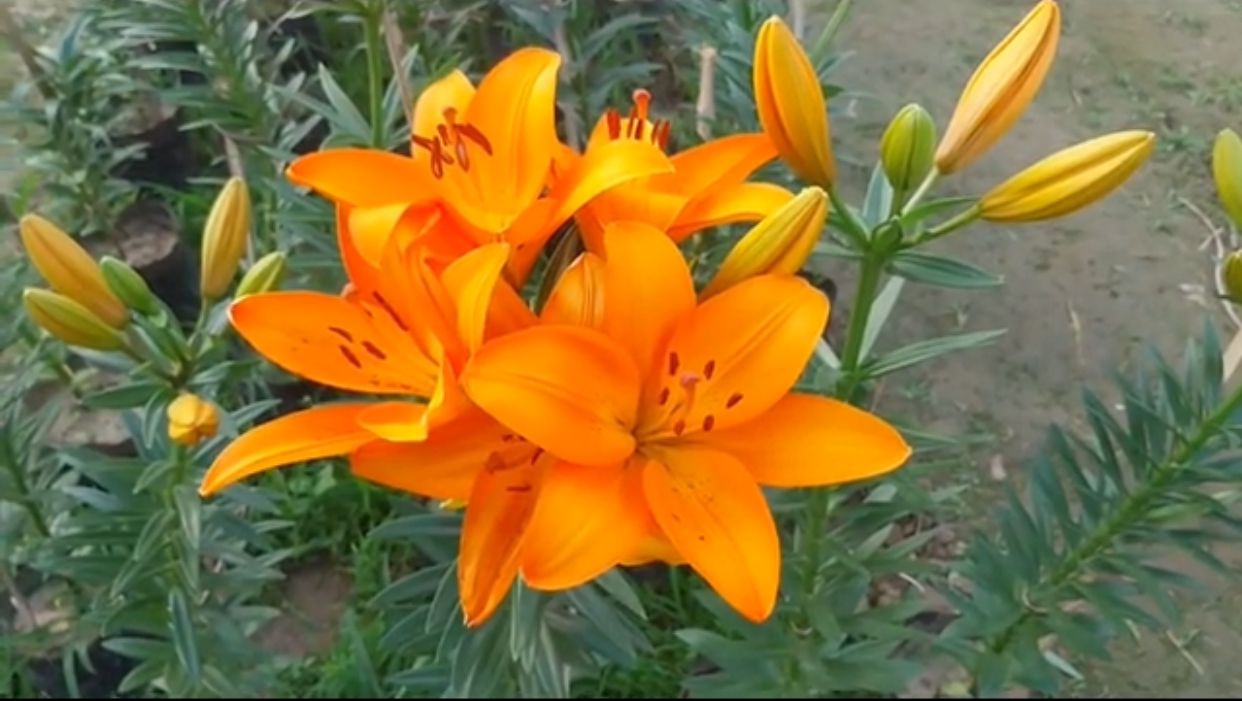
Environmental Benefits of Lily Cultivation
Aside from their economic value, lilies have significant environmental benefits. Known for their ability to adapt to diverse soil conditions, lilies can improve soil fertility by enriching the organic matter content in the soil. This is particularly beneficial for the hilly and sometimes barren terrains of the Chittagong Hill Tracts. Additionally, lilies are low-maintenance plants that require minimal water and pesticides, making them an eco-friendly choice for sustainable agriculture.
By promoting lily cultivation, Khagrachari could become a model for other regions in Bangladesh looking to diversify their agricultural practices. If successful, local farmers might shift toward more sustainable, high-value crops rather than relying on traditional crops that are less economically viable.
Challenges and Recommendations
However, experts caution that growing lilies on a large scale in Khagrachari will require careful management and continued research. Soil conditions, water management, and pest control must be addressed to ensure long-term success. Continued support from agricultural researchers, government bodies, and private companies will be crucial for the project’s success.
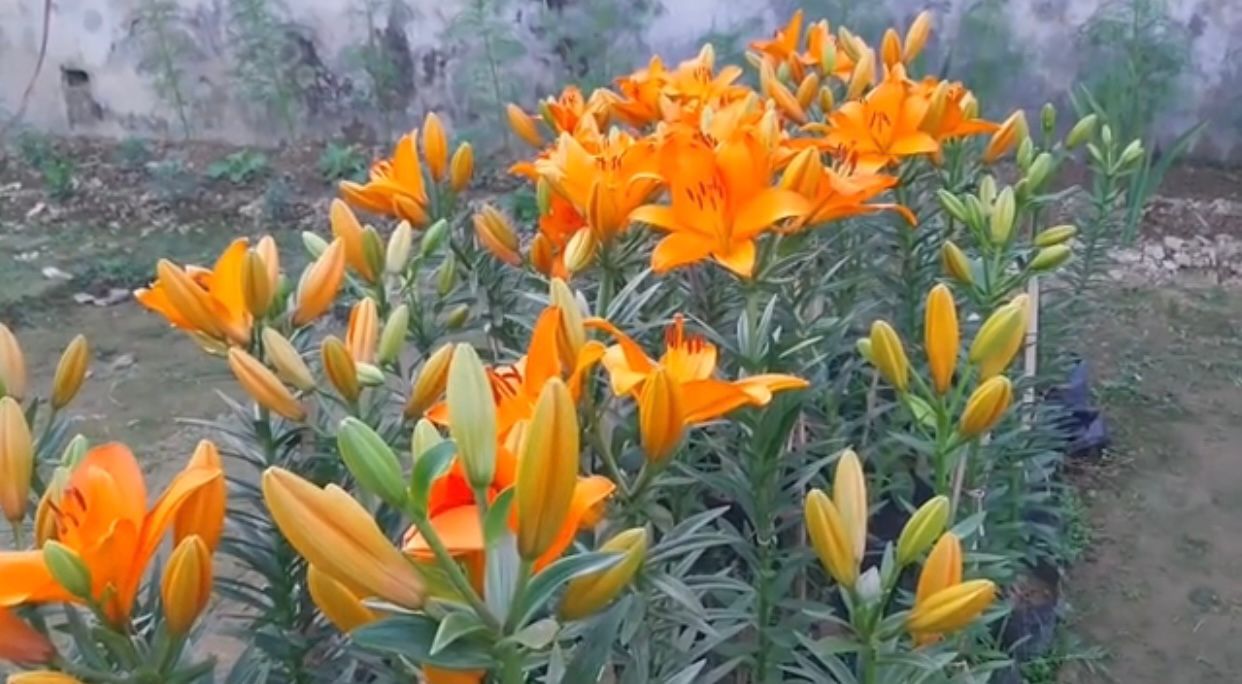
Dr. Malek also recommended that technical support be provided to local farmers, especially with regard to best practices for lily cultivation. Farmers will need access to reliable markets, as well as guidance on how to maximize yield and ensure the health of the plants. If these challenges can be overcome, Khagrachari could establish itself as a leading center for lily cultivation in Bangladesh, offering a new source of income for the local population.
Conclusion
The experimental cultivation of lilies in Khagrachari marks a promising step forward for the region’s agricultural development. By capitalizing on the natural advantages of the Chittagong Hill Tracts, local farmers can diversify their crops, reduce the nation’s reliance on imports, and contribute to environmental sustainability. As further research and trials unfold, Khagrachari could emerge as a key player in Bangladesh’s flower production industry, with lilies potentially becoming a flagship crop for the region. This initiative reflects the broader potential for sustainable agriculture in Bangladesh and offers a blueprint for future agricultural innovation in the country.
END/BT/SMA/



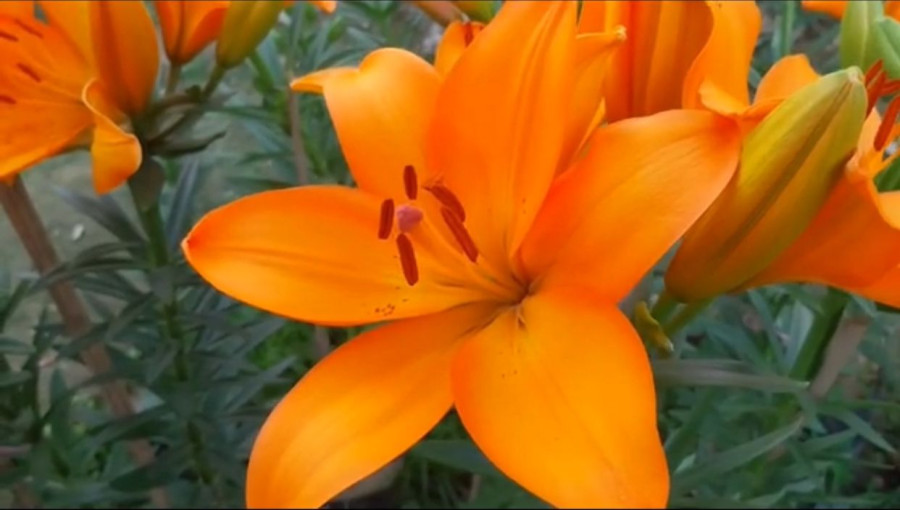


















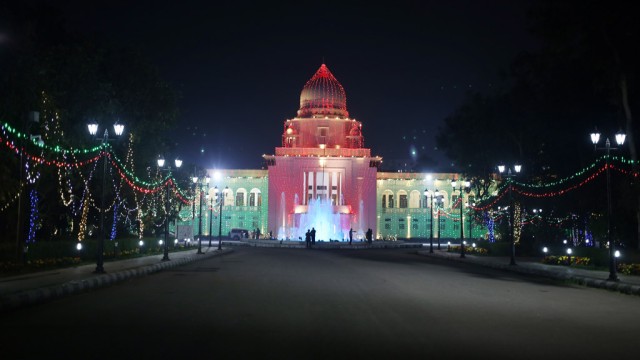








Comment: